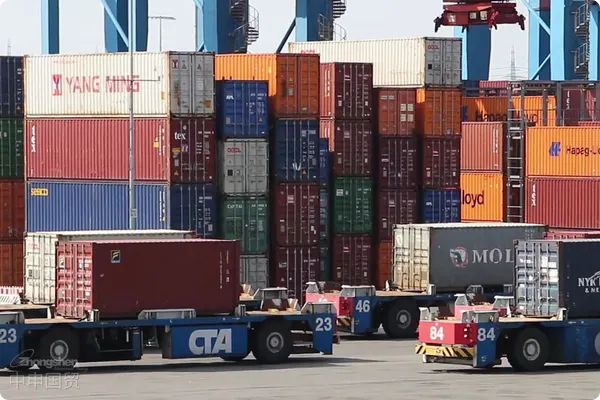- Shanghai Zhongshen International Trade Co., Ltd. - Two decades of trade agency expertise.
- Service Hotline: 139 1787 2118

Contents
ToggleInstrumentsEquipment ImportsAnalysis of Process Complexity
Under the new global trade landscape in 2025, the import business of specialized equipment such as scientific research instruments and medical devices is showing...Three-high characteristics: The technical parameter review requirements are stringent, the customs classification complexity is high, and the supply chain collaborative management demands are elevated. A semiconductor company recently encountered a 28-day customs clearance delay due to HS code classification discrepancies when importing wafer inspection equipment, directly resulting in a production line shutdown loss of $1.2 million.
Typical risk scenarios for self-operated import by enterprises
- customs administrative penalty risks caused by documentation errors:
- Disputes over commodity classification resulting in inaccurate declaration
- It is recommended to verify through the following methods:File is missing.
- Underreporting of royalty fees
- Technical Access Barrier Risk:
- The certification of Pattern Approval of Measuring Instruments (CPA) has expired.
- Medical EquipmentIncomplete registration certificate filing.
- Missing Radiation Safety License
- Tax audit risk:
- The pricing of related-party transactions does not comply with transfer pricing regulations.
- The chain of input VAT deduction is broken.
- Double taxation of royalties
The path to realizing the core value of professional agents
Taking the import project of a certain gene sequencer as an example, a professional agency company can...Three-level risk control systemAchieve risk control:
- Pre - classification Service: Utilize the customs classification database to compare historical data of over 6,000 similar devices.
- Document management: Construct a technical documentation package comprising 18 items, including FDA certification and FCC declaration.
- Clearance Strategy: Design a phased declaration plan to reduce the inspection rate to below 3%.
Key Evaluation Dimensions for Proxy Service Selection
- Deep industry expertise: Does it have a case library for operating similar types of equipment?
- Service network density: On-site coordination capability at major ports
- The strength of the risk control system: Professional Composition of the Legal Advisory Team
- Level of Technical Tools: Timeliness of classification database updates
Industry trend response strategies for 2025
In response to the latest measures implemented by the General Administration of Customs,Intelligent Classification Assistance SystemLeading agencies have established dynamic response mechanisms:
- Develop an AI pre-classification verification module to increase declaration accuracy to 98.7%.
- Establish an APEC Customs Mutual Recognition Fast Track to shorten the review cycle for technical documents.
- Configure a supply chain visualization system to monitor the dynamics of major global ports in real time.
Comparative Analysis of Economic Benefits in Typical Cases
When a provincial-level cancer hospital imported a proton therapy system, the efficiency difference between the self-operated declaration team and the professional agency team was significant:
- Time Cost: In-house team took 143 days vs. agency group 87 days
- Cost of funds:In-house team incurred late declaration fees of 460,000 yuan vs agency group with zero late declaration.
- Opportunity Cost: Commenced operation 56 days ahead of schedule, generating 23 million yuan in medical revenue.
Related Recommendations
? 2025. All Rights Reserved. Shanghai ICP No. 2023007705-2  PSB Record: Shanghai No.31011502009912
PSB Record: Shanghai No.31011502009912










